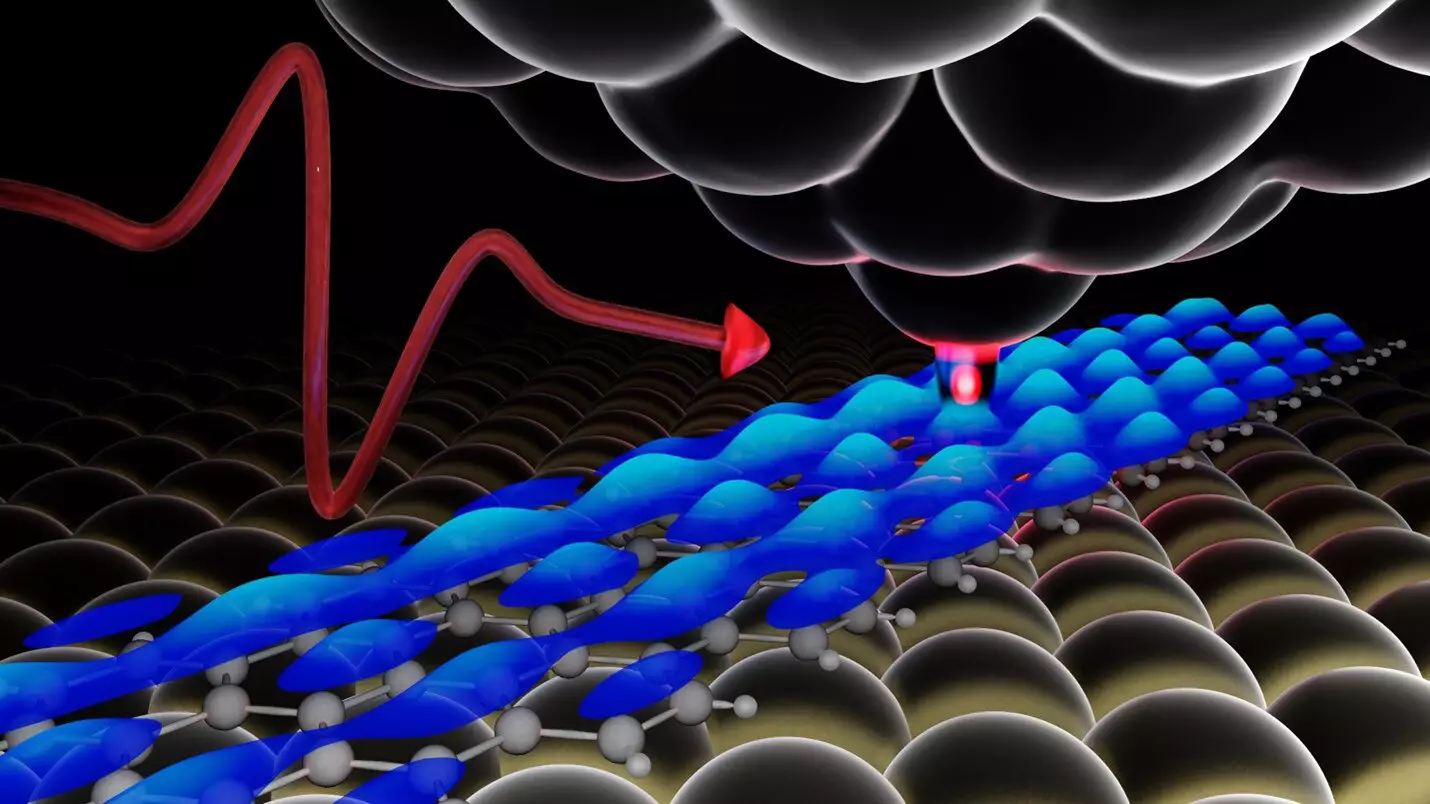As technology continues to advance, the need for smarter and more powerful devices has become paramount. However, a major challenge in this pursuit is the ability to analyze materials at an increasingly intimate level to ensure optimal performance. Physicists at Michigan State University have made significant strides in this area by introducing a pioneering technique that combines high-resolution microscopy with ultrafast lasers. This technique, recently detailed in the journal Nature Photonics, allows researchers to identify misfit atoms in semiconductors with unprecedented accuracy.
Semiconductor physics often categorizes certain atoms as “defects,” which are crucial components deliberately added to materials to enhance their performance. These defects play a key role in the functionality of semiconductors used in a wide range of electronic devices. With the increasing prevalence of nanoscale structures in components like computer chips, understanding the behavior and precise location of these defects has become essential. Tyler Cocker, the Jerry Cowen Endowed Chair in Experimental Physics at MSU, highlighted the importance of defects in nanoscale electronics and emphasized the need for electrons to move efficiently within such structures.
Cocker and his research team have developed a technique that combines scanning tunneling microscopy with terahertz light pulses to detect single-atom defects in semiconductors. Unlike traditional microscopes, scanning tunneling microscopes do not rely on lenses or visible light to magnify objects. Instead, they utilize an atomically sharp tip that scans the surface of a sample by allowing electrons to tunnel between the tip and the sample. While scanning tunneling microscopes can provide atomic-scale information, they may not always be sufficient to identify defects accurately.
The research team focused on gallium arsenide samples infused with silicon defect atoms to manipulate electron movement in the semiconductor. By integrating terahertz light pulses with scanning tunneling microscopy, the researchers were able to achieve unparalleled sensitivity in detecting defects. When the STM tip approached a silicon defect on the gallium arsenide surface, a distinct signal appeared in the measurement data, confirming the presence of the defect. This innovative technique has opened new possibilities for studying defects in semiconductors and exploring novel applications in various materials beyond gallium arsenide.
Cocker’s team’s breakthrough in defect detection has significant implications for the field of semiconductor physics and materials science. By sharing their approach with the scientific community, they hope to inspire further research and discoveries in this area. The collaboration between theorists and experimentalists has proven invaluable in validating the accuracy and reliability of the new technique. As researchers worldwide continue to explore the possibilities of combining scanning tunneling microscopes with terahertz light, new avenues for detecting defects in a wide range of materials are expected to emerge.
The development of a cutting-edge technique for detecting single-atom defects in semiconductors represents a significant advancement in materials analysis and characterization. The collaboration between researchers at Michigan State University has paved the way for future innovations in electronics and nanotechnology. By leveraging the precision and sensitivity of this new technique, scientists can gain insights into the behavior of defects in various materials and optimize the performance of next-generation electronic devices.


Leave a Reply